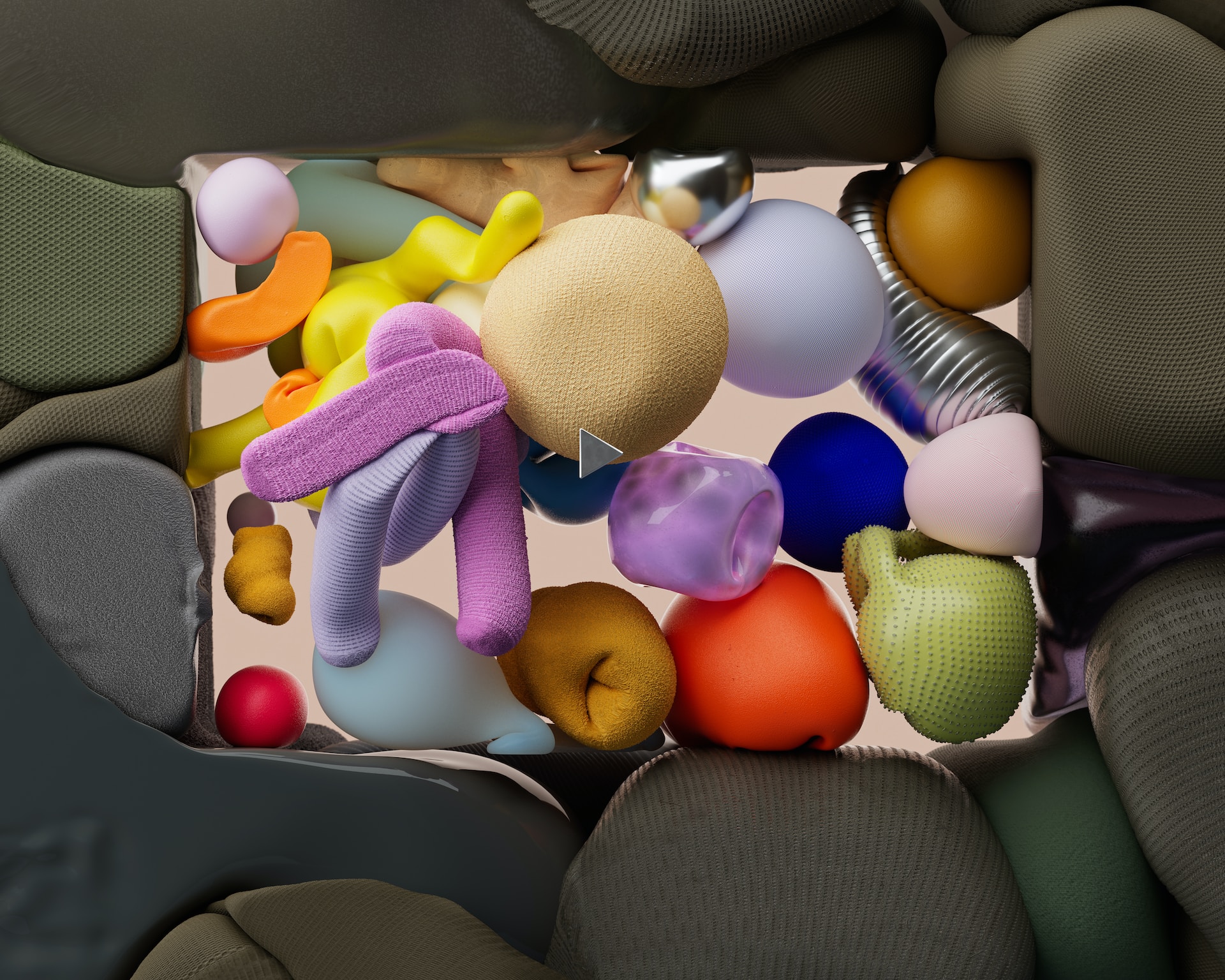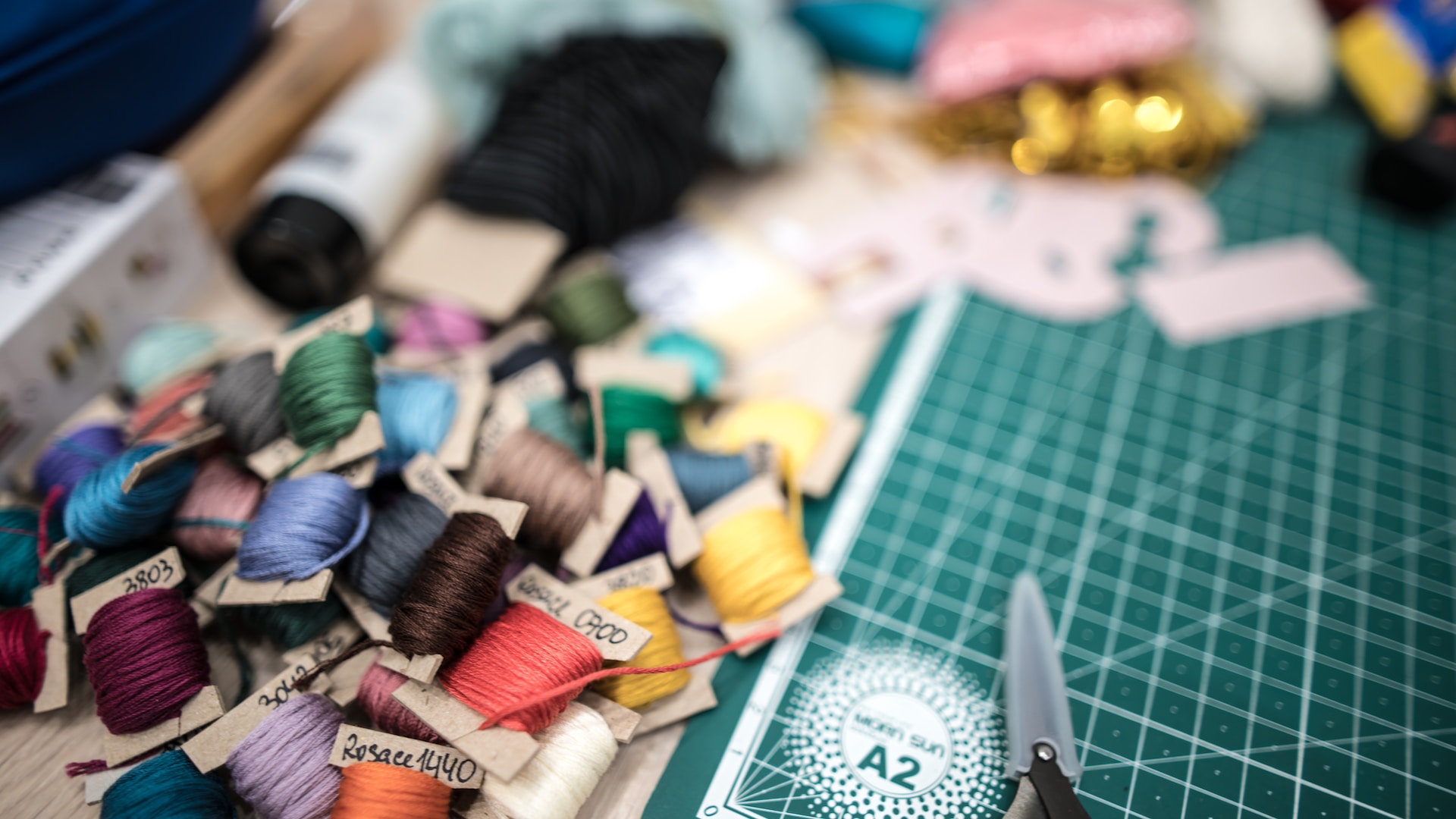BY CHRIS JONES | JULY 26, 2023 | 5 MINUTE READ
In recent years there have been many improvements in the creative processes of the fashion supply chain thanks to new DPC-3D tools streamlining processes, enabling faster decisions, and requiring fewer physical samples. [Though, in the next couple of years, there will be great disruption in the DPC-3D space from Generative AI, and that’s a story for another article]
However, in most fashion companies, are creative processes truly streamlined to enable the most efficient collaboration between designers, merchandising, sales, and sourcing? Do the current methods enable effective and rapid decision-making? Historically, the answer is no, and it has been one of the greatest challenges to Fashion PLM user adoption since the original Fashion PDM solutions over 30 years ago.
The challenges of managing different data types
Inefficiency stems from the disconnect between two fundamentally different types of information: 1) the collation, management, and presentation of the numeric data - the spreadsheets and analysis, and 2) the creative data - the concepts, colours, digital products, and collections. Both data sets are subject to rapid and repeated change, exacerbating two fundamental issues: 1) the ineffective and inaccurate manual transfer of many data changes, leading to 2) the creation of multiple silos of unconnected and often out-of-date information.
Align to the left
Align in the middle
Resize to full width
Align to the right

Photo by Google DeepMind on Unsplash
A story across the decades
This is a challenge that Fashion PDM/PLM has been trying to solve since the early days by creating a single source of accurate data, including creative data. Unfortunately, the structured and constraining boundaries of the PLM solution have never been a ‘designer-friendly’ environment. In the early nineties, vector-based drawing tools, such as Micrografx Designer and Corel Draw, were connected to PDM as a solution for designers to capture their creativity in PDM. I know from experience that this was often a painful experience for designers of that era.
Align to the left
Align in the middle
Resize to full width
Align to the right

Photo by Volodymyr Proskurovskyi on Unsplash
Making the best of mainstream tools
Over time, the industry moved to a de facto standard of Adobe Illustrator for illustrating products, with the advantage of using Adobe Photoshop to manipulate bitmap files and Adobe InDesign to connect. Over the last 15 years, we’ve had the evolution of DPC-3D, with all the benefits of the creative processes mentioned earlier. However, Adobe Illustrator is still a major tool in the process and is used to create the majority of a Tech Pack and, sometimes, the entire Tech Pack. The problem is that Adobe Illustrator was not designed for product creation. It captures and illustrates concepts, products, styling details, components, or methods. We must connect with other tools using copy and paste or API integration to continue the product development journey. The current default enabling solution in Fashion is PLM, with its libraries, tables and constrained functions and processes – in this case, the design data and supporting information require transformation to ‘fit’ into PLM, often including manual intervention.
Specialised digital product creation tools
DPC-3D has enabled the rapid creation of digital products, with the benefits of streamlined decision-making and lower cost of physical samples. The DPC-3D tools capture a subset of product data, yet as specialist and complex solutions, other teams in the business cannot access this data. Therefore, comprehensive API integration is required to share digital products and enable collaboration. Unfortunately, the APIs available vary by DPC-3D tool, and in some cases, an API is unavailable, resulting in a situation where digital products are shared via images and documents. Depending on the specific solution, DPC-3D sometimes generates further accessibility barriers across the organisation.
A focus on collaboration at the expense of a single source of data
Some organisations have become dependent on visual collaboration tools such as Miro and Mural. These collaboration tools provide the ease of use, agility, accessibility, and unconstrained visual capabilities required by creative teams to improve collaboration and productivity within their group. However, these tools are document based, often with static images. Although these documents can easily be shared with other teams in the organisation, they ultimately create further barriers to accessing digital product data, as these tools cannot generate structured data or integrate with PLM or other tools required to continue the development journey. Various workarounds are often used; for example, creative teams may use Microsoft PowerPoint to present to the business. Yet again, a great deal of manual effort is required to share data that can quickly become outdated and stifle effective collaboration across the business.
Align to the left
Align in the middle
Resize to full width
Align to the right

Photo by ThisisEngineering RAEng on Unsplash
The requirements for effective streamlining of the creative processes
How can we improve the situation? The solution should bring the ease-of-use capability of collaborative tools such as Miro and Mural, include full-feature digital product creation, provide structured data behind the digital products, enable seamless integration of data with other solutions to ensure a single source of data, and the ability to incorporate numerical data, such as comp sales, budgets, and category plans within the same ‘view’ as the digital products. The good news is that technology has evolved to support these creative processes.
The scope of the process to be digitally transformed is a business decision based on the digital transformation goals. This can range from a focussed scope for rapid adoption of streamlined decision-making processes between creative teams, merchandising, and sales, to a comprehensive scope that examines and re-engineers the entire end-to-end process to benefit data accuracy and decision-making timelines across the organisation.
Align to the left
Align in the middle
Resize to full width
Align to the right

Photo by Mathew Schwartz on Unsplash
Streamlined digital workflows are critical for growth
The importance of digital transformation continues to grow, and investment in technology to provide streamlined digital workflows will be critical for companies looking to remain competitive. Streamlining the creative processes to enable accurate connected data and more effective collaboration can unleash the full potential of DPC-3D, connect teams, colleagues, and partners, and realise the full benefits of digital transformation to significantly improve decision-making effectiveness, shorten timelines, reduce costs, increase agility, boost innovation, and most importantly, strengthen the bottom line.
Feel free to reach out and discuss options if the creative process disconnect resonates as a challenge for your organisation.
CHRIS JONES, FOUNDER & DIRECTOR, JBSO GROUP

After originally training and working as an engineer, Chris joined a fashion services and technology company 30 years ago to implement ISO9001. Since then, he has helped drive transformation projects for over a hundred fashion brands, retailers, sourcing agents, and manufacturers to optimize their processes, supported by innovative technologies and concepts, working in offices, showrooms, and factories world-wide.
Also published on Linkedin: The Challenges and Opportunities of Streamlining Fashion’s Creative Processes

